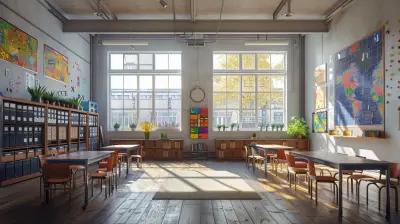Engaging Students Through Personalized Learning Approaches
4 October 2025
Education is not a one-size-fits-all journey. Every student absorbs information at their own pace, has unique learning preferences, and excels in different ways. So why do we keep using the same traditional teaching methods for everyone? That’s where personalized learning approaches come in.
Let’s dive into how tailored learning techniques can transform education and keep students engaged.
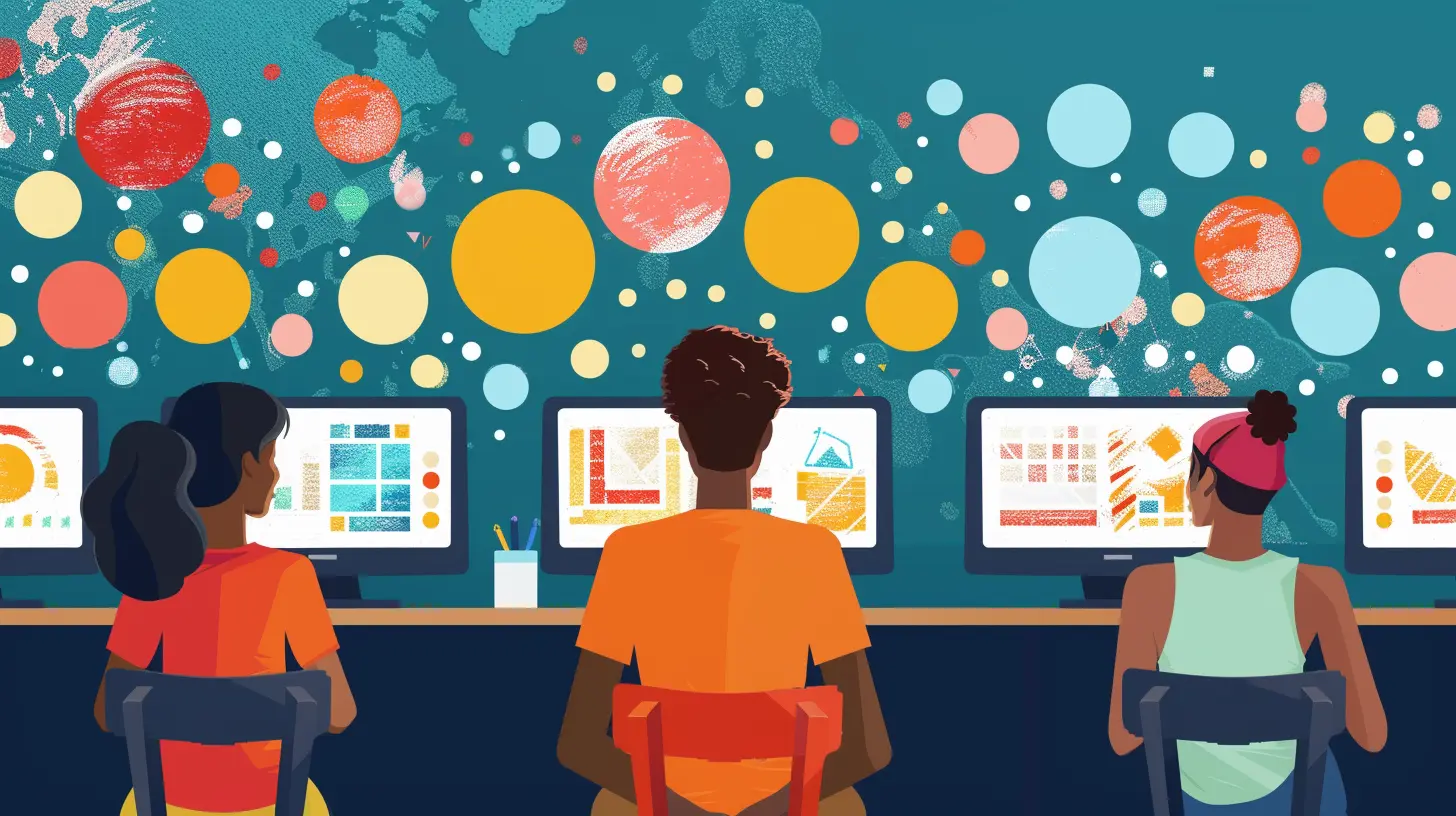
What is Personalized Learning?
Personalized learning is an educational approach that adapts to each student’s strengths, needs, skills, and interests. Instead of forcing students into a rigid curriculum, it allows them to take control of their learning path.Imagine learning as a road trip. Some students prefer highways (structured lessons), while others might enjoy scenic routes (hands-on experiences). Personalized learning ensures that every student reaches their destination in a way that works best for them.
Key Components of Personalized Learning
To truly engage students, personalized learning typically includes:- Student-Centered Learning – Giving students the freedom to choose how they learn.
- Adaptive Learning Technology – Using tools that adjust content based on student performance.
- Competency-Based Progression – Advancing students when they master a subject, not based on time spent in class.
- Flexible Learning Environments – Offering different methods like online courses, group activities, or projects.
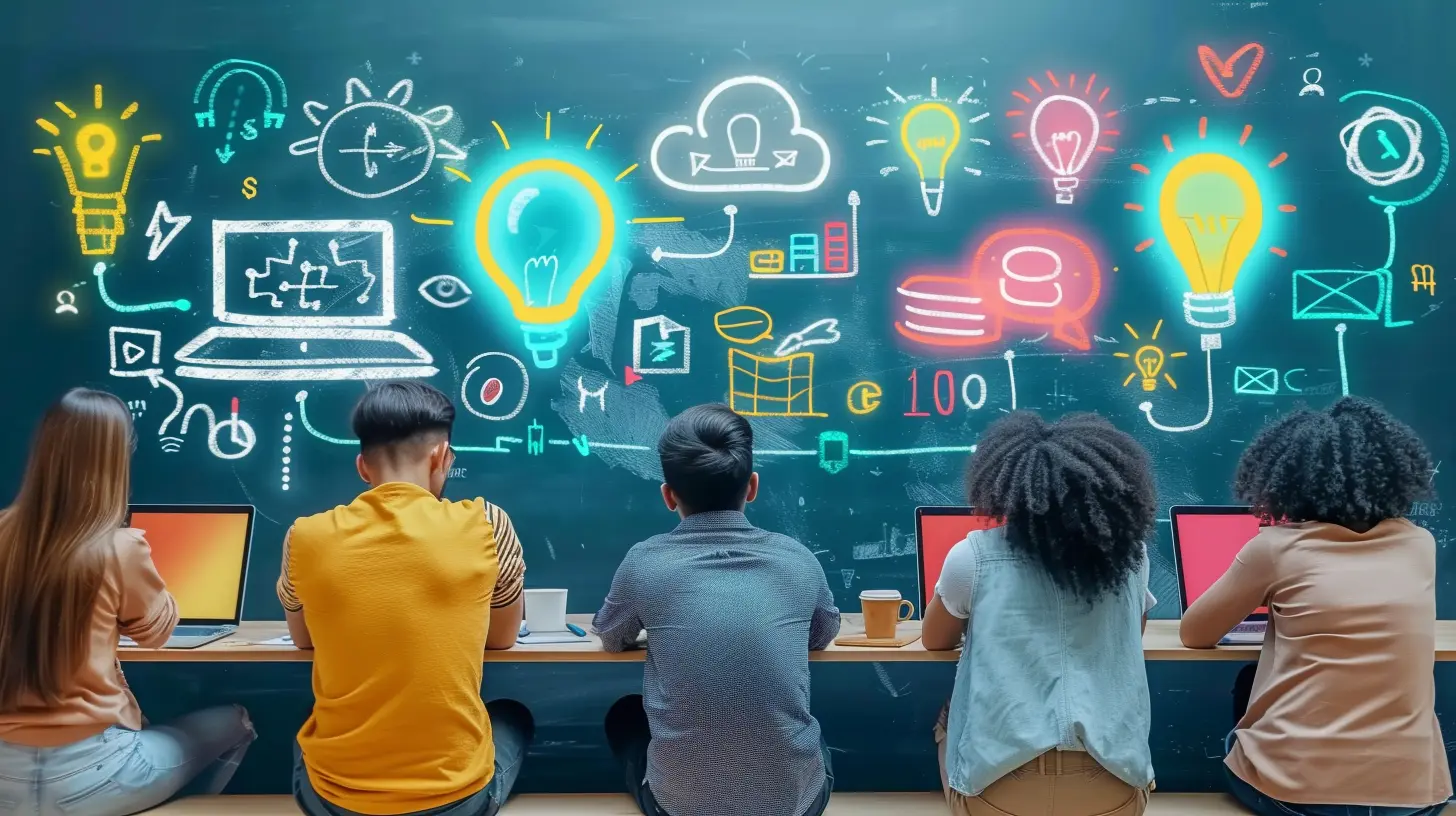
Why Personalized Learning Matters
Think about a classroom where half the students feel bored because the lesson is too slow, while the other half struggles to keep up. That’s a recipe for disengagement. Personalized learning solves this by ensuring that students:- Stay motivated because lessons are designed for them.
- Learn at their own pace, reducing frustration.
- Retain information better by using preferred learning styles.
The Impact on Student Engagement
Engagement skyrockets when students feel that lessons matter to them. Personalized learning turns education into an active experience rather than a passive one. When students have a say in how they learn, they invest more effort and show greater enthusiasm.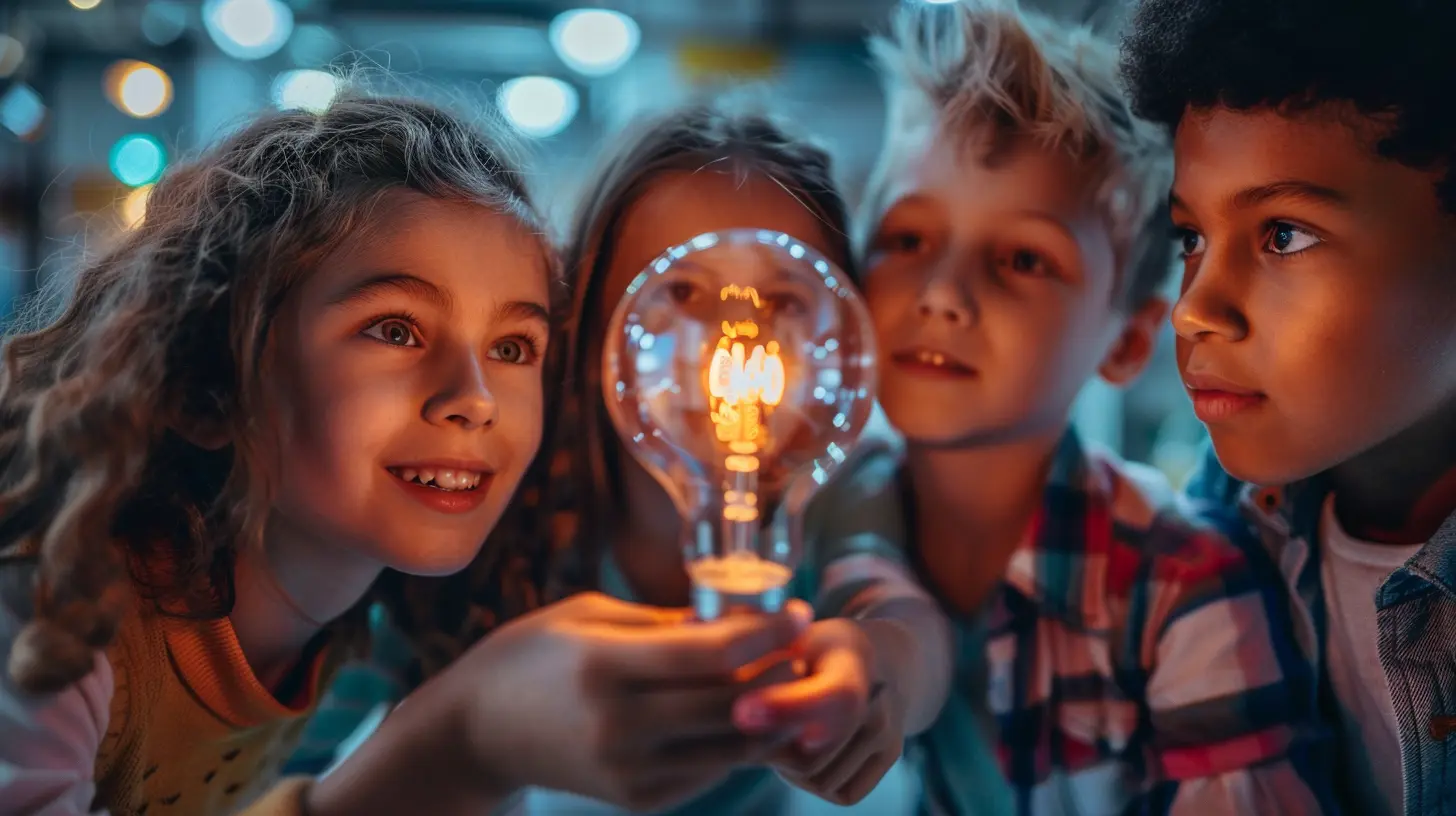
Strategies for Implementing Personalized Learning
Now that we understand the importance of personalized learning, let’s explore some ways to bring it into classrooms effectively.1. Leverage Technology for Adaptive Learning
Technology has been a game-changer in personalizing education. Platforms like:- AI-driven learning apps (like Khan Academy or Duolingo) adjust difficulty based on student performance.
- Learning management systems (LMS) track progress and provide recommendations for improvement.
- Gamified learning tools make studying interactive and fun.
These tools ensure that students get real-time feedback and adapt their learning paths accordingly.
2. Use Data to Guide Instruction
Teachers can track student performance with data analytics, identifying areas where students excel or need additional help. By analyzing quiz scores, participation levels, and learning habits, educators can fine-tune lessons to suit individual needs.Example: A student struggling with math can receive extra visual tutorials, while another excelling in reading comprehension may get advanced materials.
3. Provide Choice in Learning Methods
Giving students options empowers them. Instead of sticking to lectures alone, offer various learning styles, such as:- Visual learners: Infographics, videos, and charts.
- Auditory learners: Podcasts, audiobooks, and discussions.
- Kinesthetic learners: Hands-on experiments, projects, and field trips.
By catering to different learning styles, students feel more engaged and connected to the material.
4. Encourage Project-Based Learning
Project-based learning (PBL) is a powerful way to personalize education. Instead of passive learning, students actively work on real-world problems.For example, instead of memorizing history facts, students could create a documentary or role-play historical events. Hands-on experiences like these make education practical and meaningful.
5. Foster Student-Teacher Collaboration
Personalized learning is not just about self-paced study; it also involves strong student-teacher relationships. Teachers act as guides, helping students navigate their unique learning paths.Encouraging one-on-one meetings, mentorship sessions, and open discussions ensures that students receive the support and feedback they need to succeed.
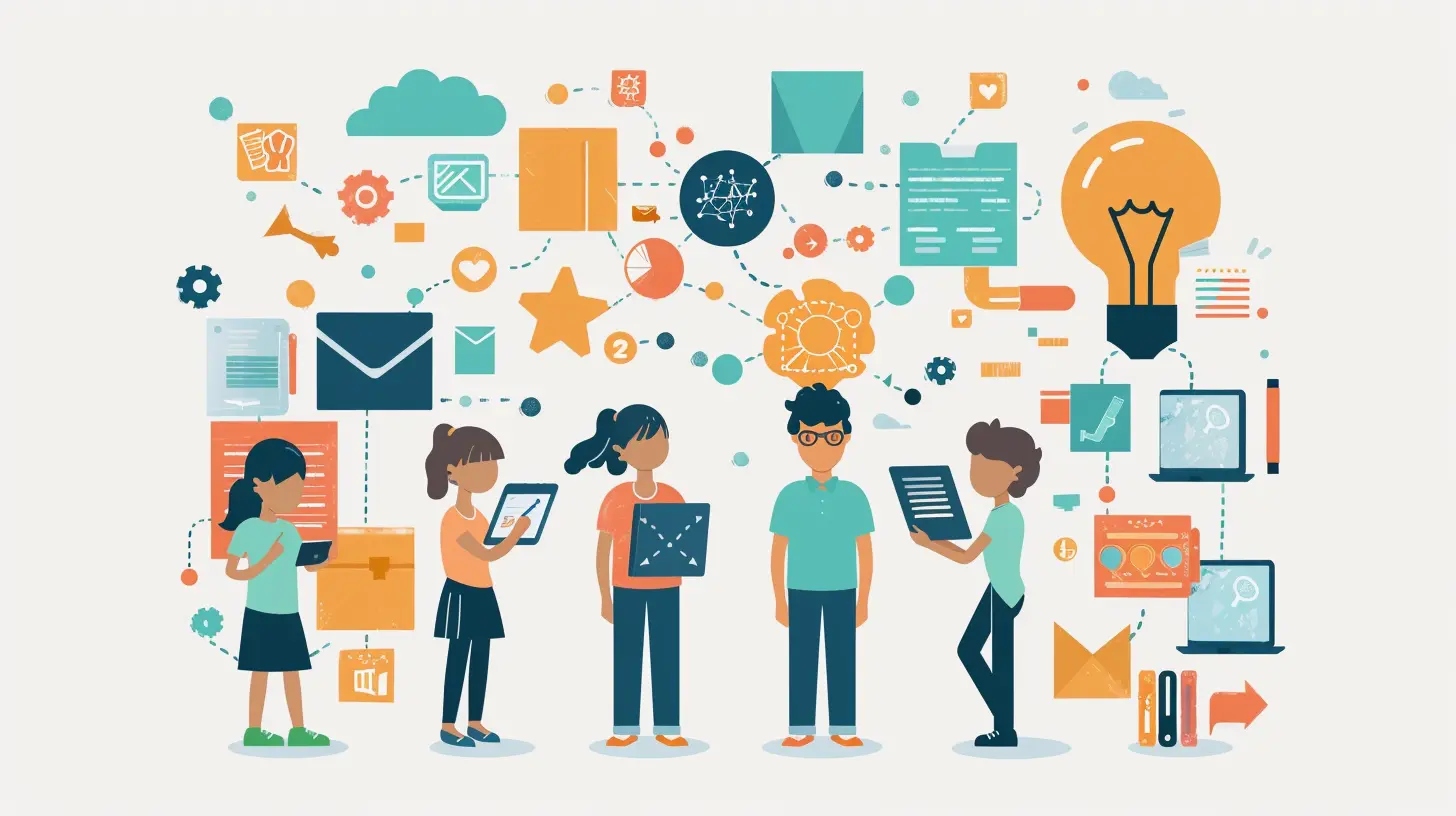
Challenges in Personalized Learning and How to Overcome Them
Like anything worthwhile, personalized learning comes with challenges. Let’s look at some common roadblocks and how to tackle them.1. Time Constraints
Personalizing lessons for every student sounds time-consuming, right? Teachers already have a lot on their plate!Solution: Use technology to automate lesson adjustments and rely on student-led learning strategies to reduce workload.
2. Lack of Resources
Not every school has access to expensive tech and adaptive AI programs.Solution: Personalized learning doesn’t have to be tech-heavy. Simple changes like allowing students to choose their assignments or incorporating blended learning (mixing online and offline resources) can make a big difference.
3. Student Resistance to Change
Some students may prefer traditional learning methods because they’re familiar with them.Solution: Introduce personalized learning gradually. Start small, such as letting students pick project topics or adjusting lesson formats based on their interests. Over time, they’ll see the benefits.
The Future of Education is Personalized
Education has come a long way, but personalization is the future. Schools that embrace tailored learning will better prepare students for the complexities of the modern world. When students are actively engaged and learning in a way that makes sense to them, they develop a lifelong love for education.So, whether you’re a teacher, parent, or student, consider how personalized learning can make a difference. Because when we tailor education to fit students, instead of forcing students to fit education, we unlock remarkable potential.
all images in this post were generated using AI tools
Category:
Student EngagementAuthor:

Olivia Lewis
Discussion
rate this article
1 comments
Echo Flores
Personalized learning is not just a trend; it's a vital strategy for student engagement and success. By tailoring educational experiences to individual needs, we empower students to take ownership of their learning journey. Let’s embrace this approach wholeheartedly, fostering a classroom environment that celebrates diversity and encourages every learner to thrive.
October 14, 2025 at 10:25 AM

Olivia Lewis
Thank you for your insightful comment! I completely agree—personalized learning is key to fostering engagement and empowering students in their unique learning journeys. Embracing this strategy can transform our classrooms into inclusive spaces where every learner can thrive.


